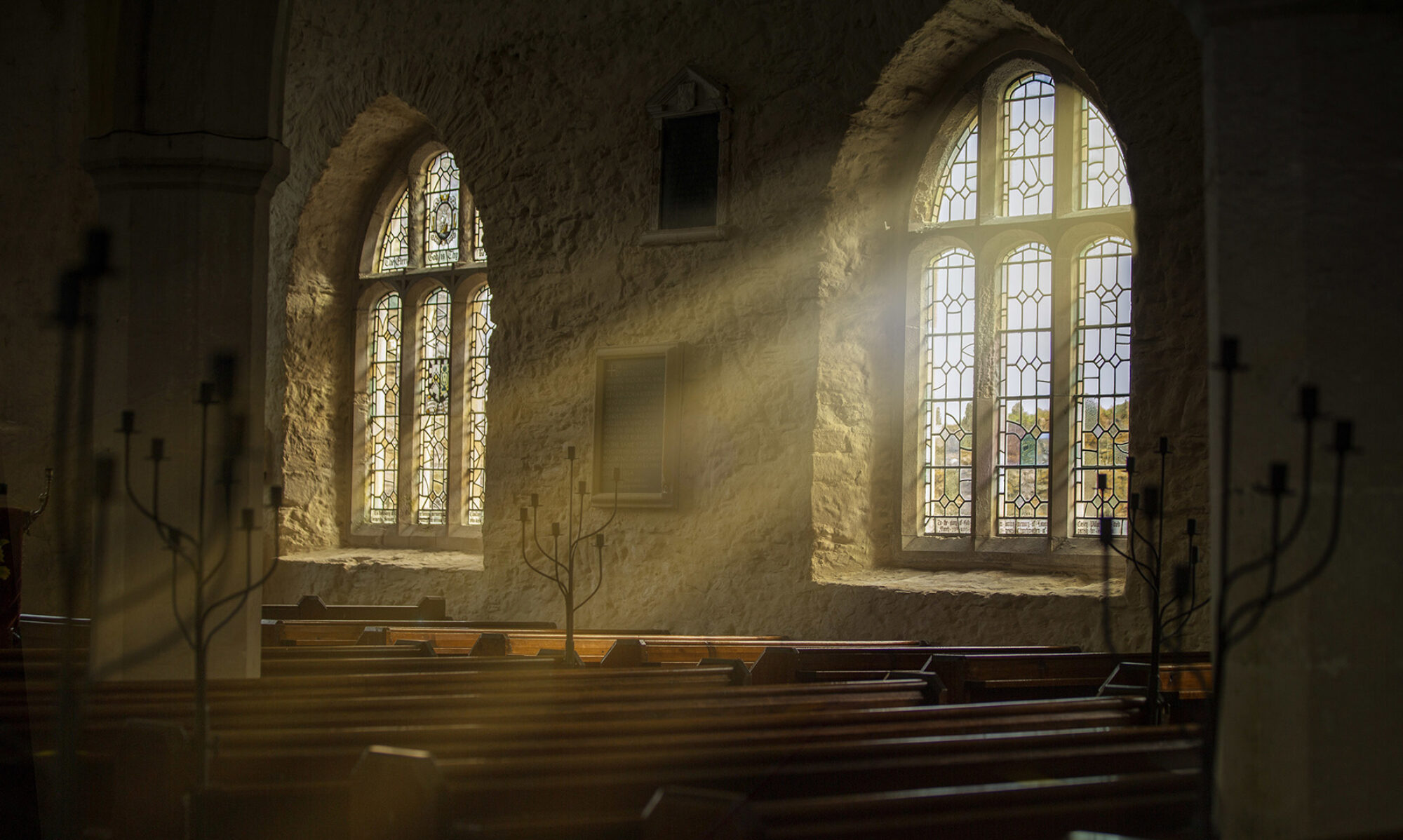I love lemons.
They are, by far, one of my favorite fruits!

I most enjoy lemons in the vast array of pies, tarts, cookies, and cakes Melissa takes the time to bake.
To enjoy lemons, in any form, dozens of things must happen first.
I won’t list all of those things (because I don’t know them), but I will note a handful that are helpful for our analogy of cultivating/curating.
- A seed is planted.
- A tree must grow in soil that is conditioned and nurtured to encourage its growth.
- Bugs, insects, and a variety of other air-born pestilences must be vigilantly guarded against.
- A bloom bursts forth.
- A fruit grows from the bloom.
- The fruit ripens on the tree.
- Eventually, someone picks the fruit.
Well, you get the picture!
At some point, I finally get to sink my teeth into some form of lemon-infused dinner, drink, or dessert!
An Ancient Art!
In order for any of this to take place, however, the soil in which the lemon is first planted must be healthy soil that’s been nurtured, tended, literally arranged and organized in order for a fruit or plant to grow from it!
If cultivating – tending the soil (of the soul) – is the primary mission of a pastor/church (something for which I strongly contend, here), then being sure the soil is healthy, well cared for, rotated, organized, and arranged for growth is what I call the process of curating.
In some ways, all of our efforts to cultivate the soul will fail if we don’t first spend time curating the soil in which cultivation takes place!
We have, of course, heard the term, to curate, in other settings many times before.
A Curator is the title of someone who organizes and oversees art and artifacts in a museum. A curator who does his/her job with excellence and care will engage in a variety of activities.
Chief among them are:
- Preserving a specific piece of Cultural Heritage.
- Selecting themes and designs for exhibits.
- Managing and overseeing the arrangement of themes in a way that engages and illumines life.
Pastoral Calling is to Curate
If you’ve ever been to a museum or art show, then you know what I am talking about. It’s not just that some items are on display. Instead, how it’s those specific items – selected with great care – are displayed.
The items are chosen with intention.
A thoughtful curator will display each item with the hope of offering a particular experience.
An experience of enjoyment and appreciation.
The best displays make us feel like we are participating in the presentation itself!
In a congregational setting, the pastor’s role as Curator is very similar.
Ours is to preserve the “cultural heritage” as received through the Scriptures, Experience, History, Reason. We do this by selecting the themes (storyline) of our this heritage and arrange and organize spiritual truth within the context of the local church and community we serve.
All in the hopes that our church member will come away with a profoundly spiritual, liturgical, worship experience of the Heavenly Father in which the minor narratives of our lives have been re-written within the metanarrative of His love!
Curating IS HOw we Prophet, Proclaim, and Preach
We must begin to view our role as one of the Curators of Spiritual Truth over proclaimer, prophet, teacher, etc.
Over the last decade, numerous books and articles have been written encouraging the pastor to reframe how he/she views his/her ministry regarding the Sunday morning worship experience.
Is Worship About Expression or Formation? It’s a Both/And, not an Either/Or
Most of the work I’ve gravitated toward suggests that there are two primary points of emphasis in the local worship gathering:
- The Formational focus (popularized by the excellent writing of James K.A. Smith) of worship.
- The Expressive emphasis of worship.
Mark Pierson, in his thoughtful book, The Art of Curating Worship, notes,
“I’m beginning to understand worship and worship preparation much more as an art form than an organizational task. To see myself as a preparer of worship for myself and others, as a worship curator-someone who takes the pieces provided and puts them in a particular setting and makes a particular arrangement of them, considering juxtaposition, style, light, shade, etc. A maker of context rather than a presenter of content. A provider of a frame inside of which the elements are arranged and rearranged to convey a particular message to the worshiper.”
I’ve said before that I believe we are in the midst of a cataclysmic shift regarding worship and where we are heading in our worship setting. And, while I don’t pretend to know the future, I do believe that the worship experience of tomorrow will be something along the lines of what I call liturgi-costal.
The term liturgi-costal is my attempt to convey the rich blending of our Liturgical and our Pentecostal heritage.
Whether I am right or wrong isn’t important.
What does matter, though, is the how and why we go about worship within the local context. So, from the vantage point of how and why, let me present a few key things we must do as Curators of Spiritual Truth!
Organizing Spiritual Truth in a Way that Causes Growth
- Preserve the sacred truth of Scripture. God’s word is our magnetic north when it comes to worship, discipleship, and soul-care.
- Arrange and organize and communicate the great spiritual truths of the Gospel (Genesis to Revelation).
- Nurture an environment that encourages a robust combination of formation/experience on a weekly basis.
- Offer an experience for the church to participate in a worship environment that creates space for the mutual sharing of the life of Christ who is vitally alive within and among His people.
Disrupting to Renew!




Wonderful…. This is really good Biz!!
Hey Austin! Thanks, bro.!